The Ghost Library
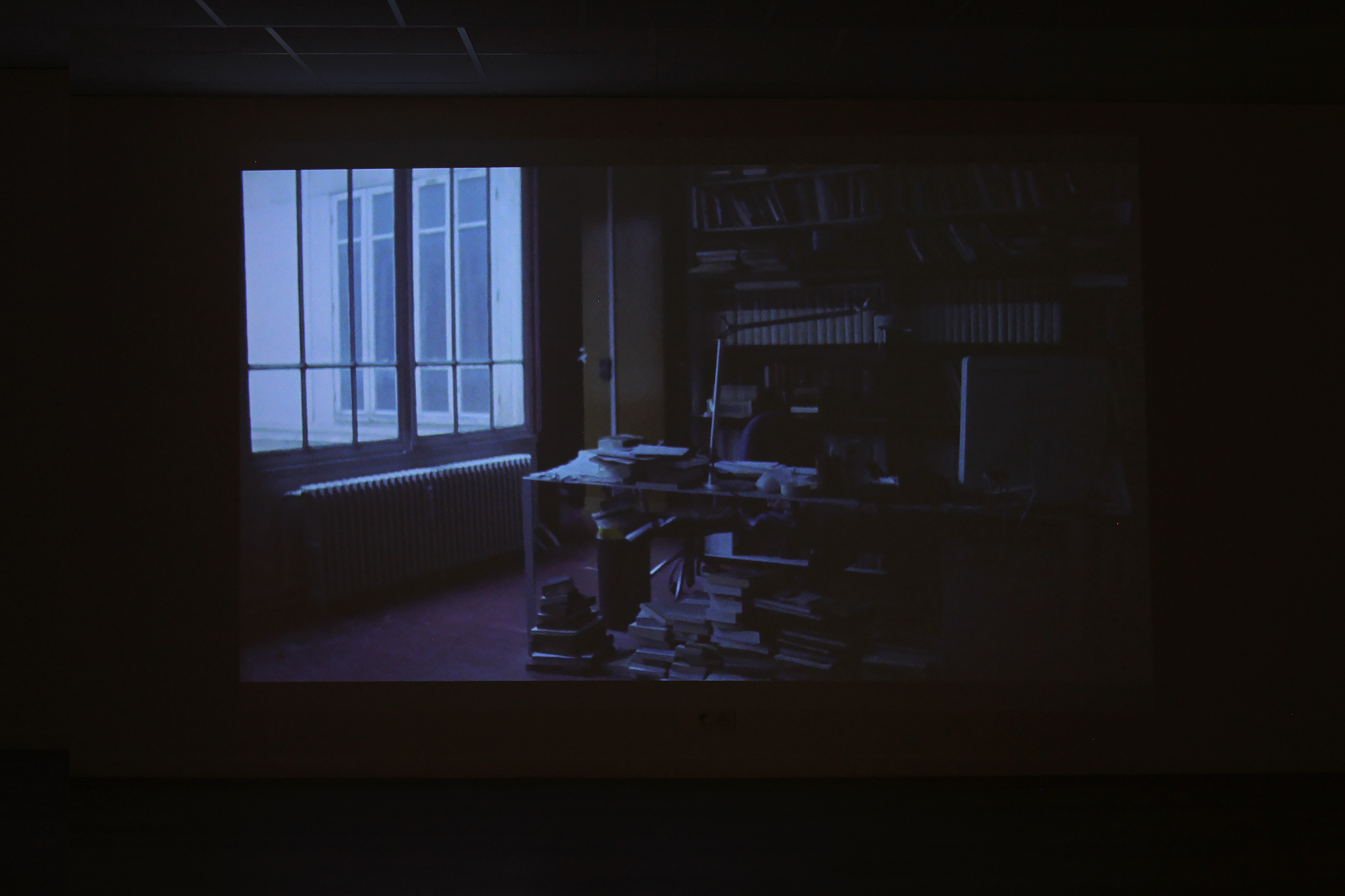

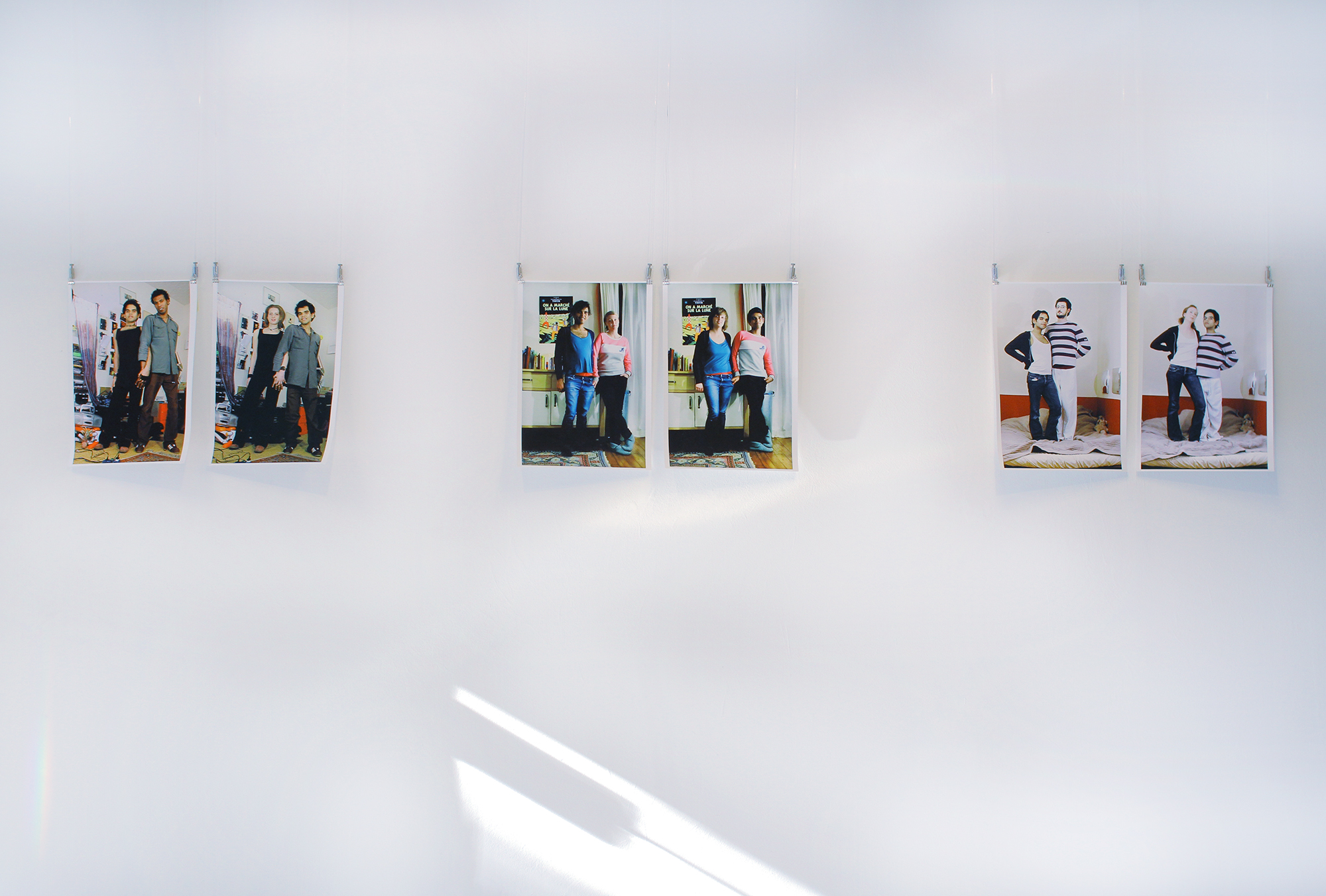
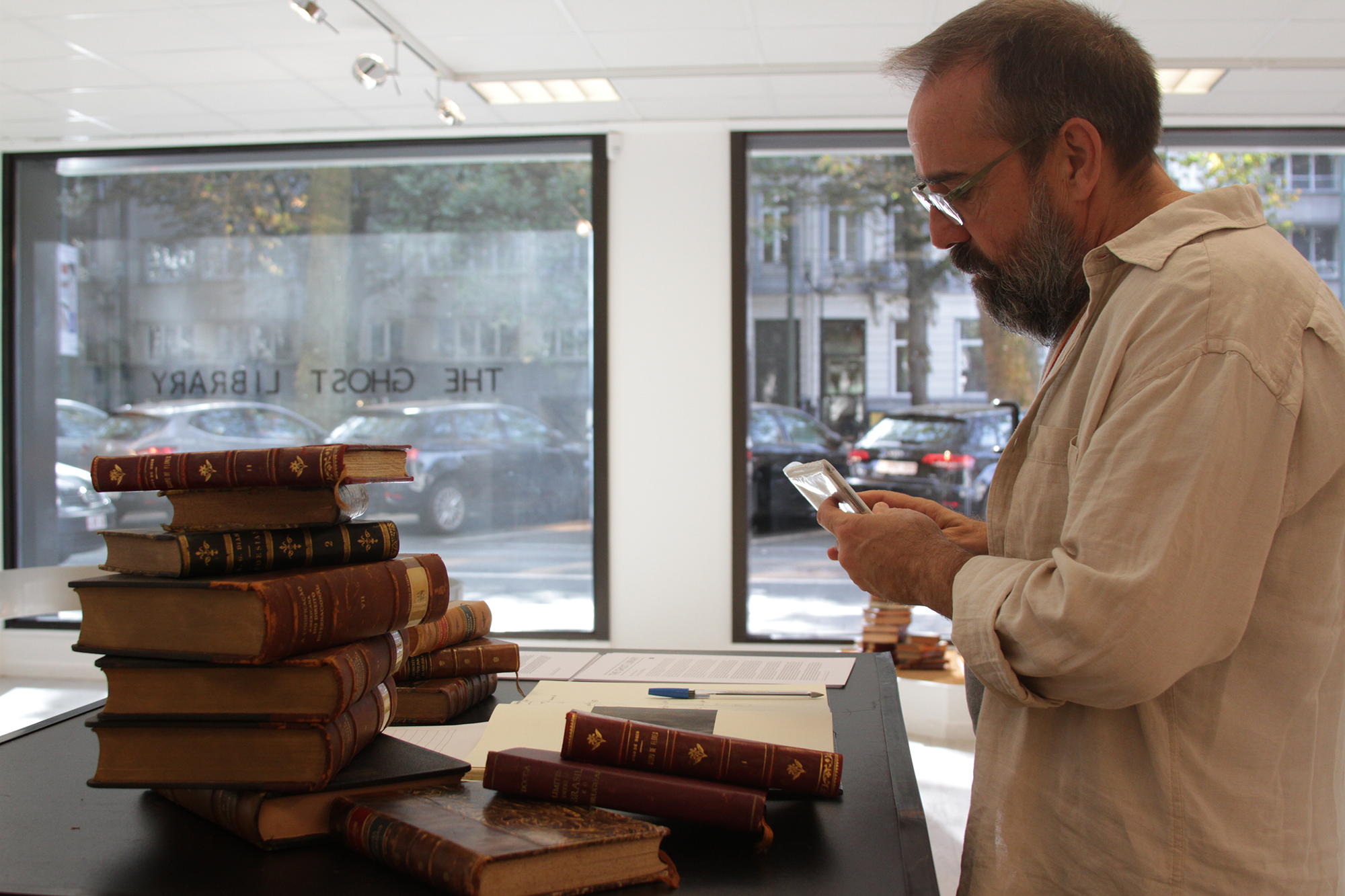
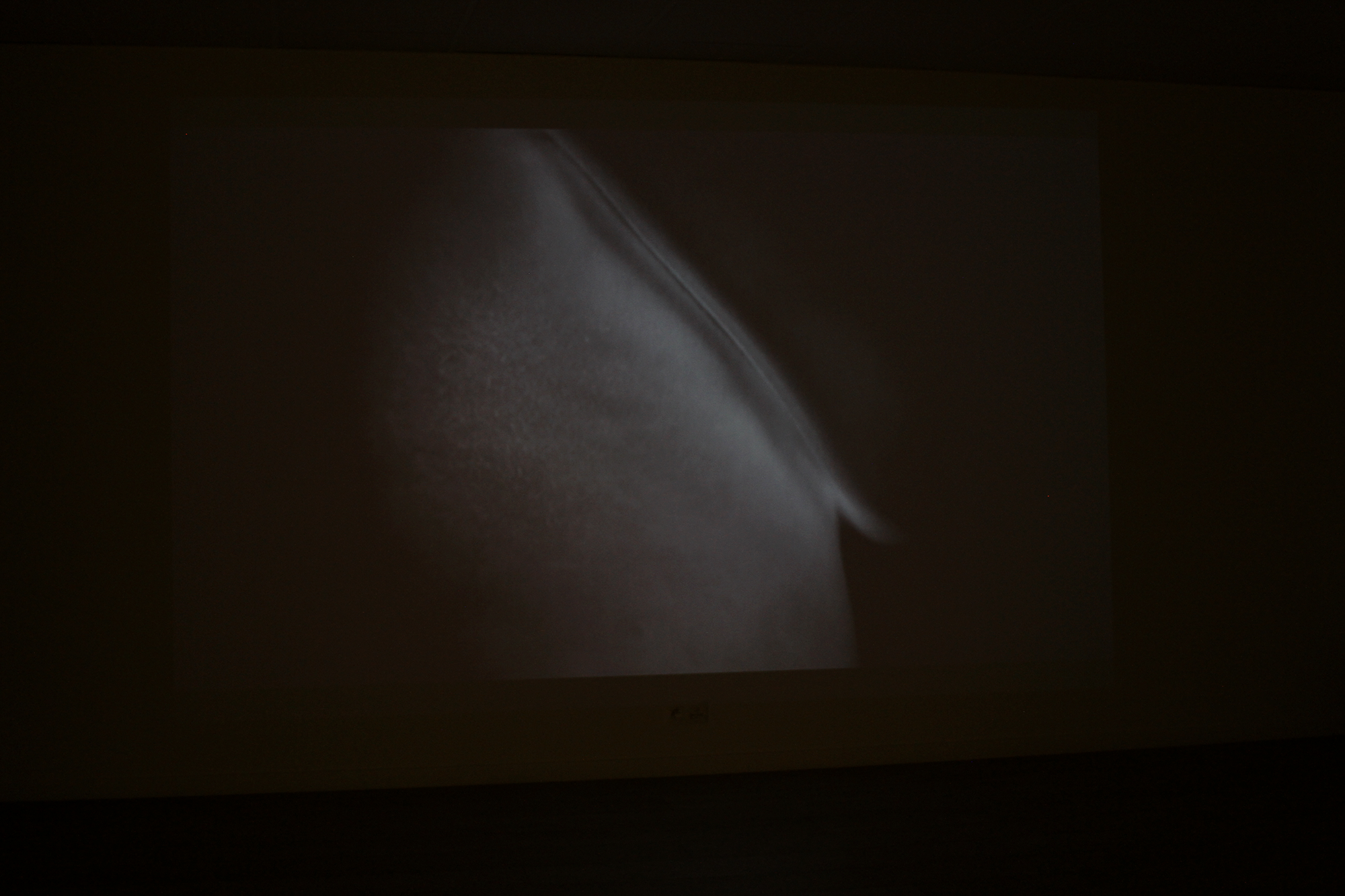

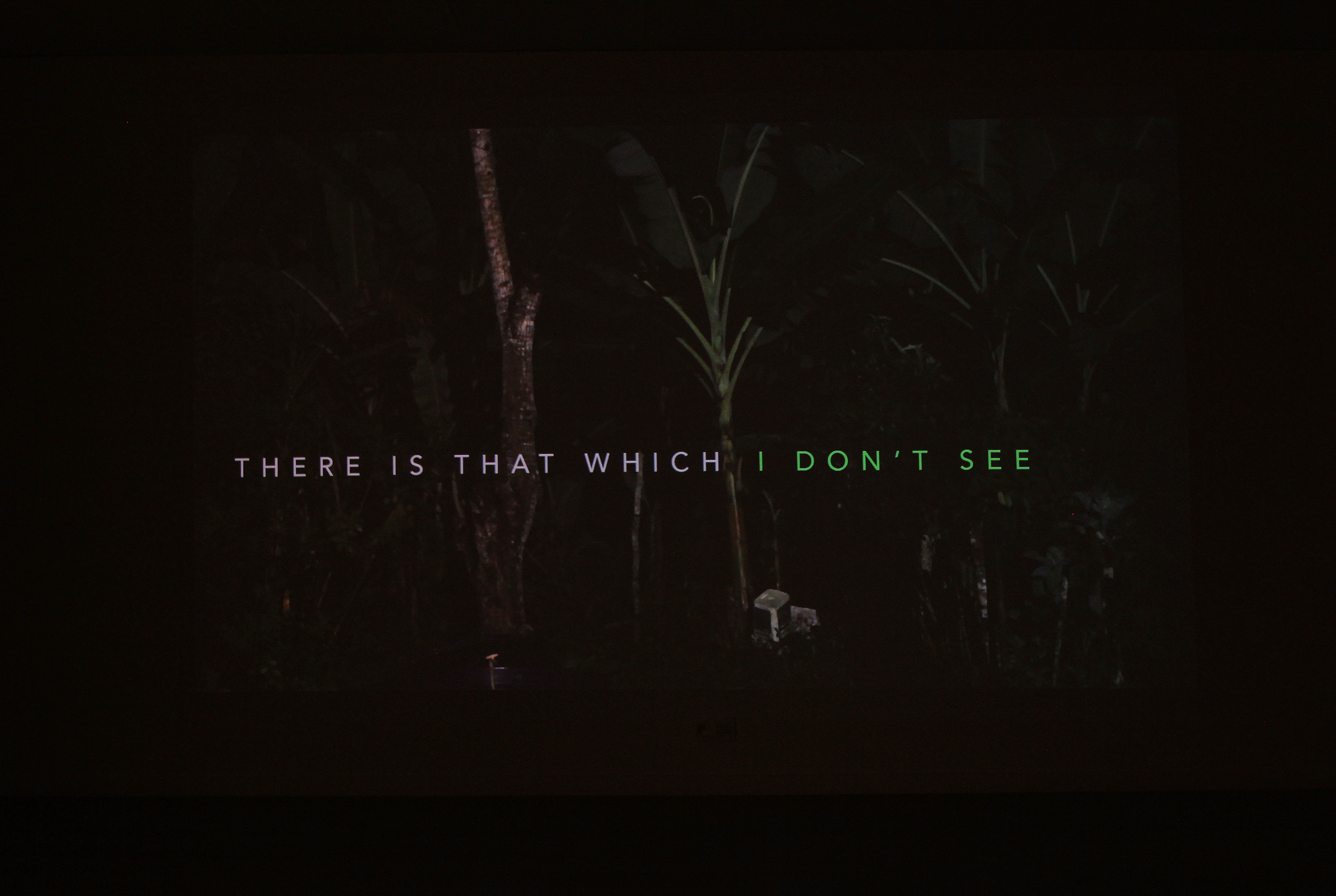

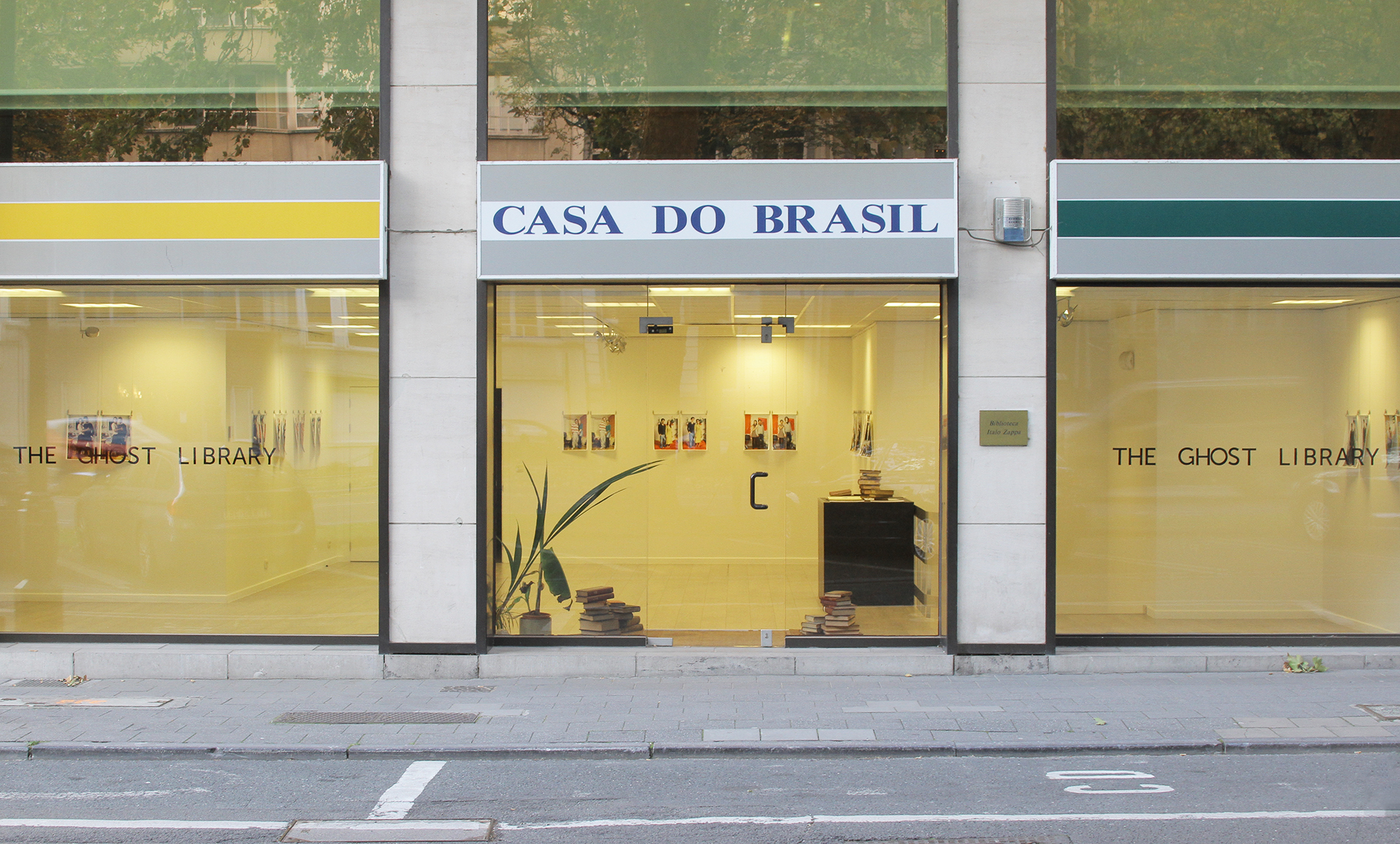

Images of Ghost Library by João Vieira Torres, 02 August - 30 September 2018, Casa do Brasil, Brussels
João Vieira Torres adds a particular autobiographical touch to his works. Echoing the life of the artist – who has lived for years in a library in Paris – The Library at Night (2011) evokes what could be referred to as a particular literary genre: that of mythical book collections. Borrowing its title from the homonymous essay by Alberto Manguel*, Torres' video piece shows two men inhabiting the labyrinthic space of a library. An older man sorts, checks, and organizes the volumes, while a younger one, played by Torres himself, builds a home within the collection. He brings his mattress to one of the hallways before climbing the shelves as if they were trees. Once on top, amongst plastic plants and stuffed tropical birds, he eats bananas while reading Oswald de Andrade's Anthropophagic Manifesto. This Brazilian modernist milestone professed cultural cannibalism and could now be seen as a forerunner to postcolonial politics.
The night in Torres' library is populated by books, shadows, ghosts, by specters of all sorts. Manguel's essay describes a vast library holding the entirety of books once written plus the ones which exist only as possibilities, as œuvres yet to come. Beyond written or only imagined, true or false, Torres' works seem to resonate with Manguel's account of a library as a self-portrait. The myriad of stories yet to be told are in the threshold of his own's and those of the others at large.
In Ghost Children (2014), a camera explores the faded colors of old family photo albums while several voices dwell on an impossible task: to tell their memories from the very day when they were born. Resulting from a workshop given by Torres at the Museum of Image and Sound of São Paulo, the video is based on a collective text. Composed of the inherited or invented memories of the laboratory participants, the video proposes intimate stories told in the voice of a stranger.
In the photographic series 2+1, Torres wonders about the role of image and performing as untanglers of social and private worlds. Putting the social institution of the 'couple' into question, he investigates it as a locus of performance. To the eighteen couples scrutinized by the work, he repeats the same procedure: two photos dedicated to each, but instead of the sum announced in the title, there is an evident subtraction. The 'original' individuals of each couple are consistently missing from Torres' representation. The viewer can only imagine them together. Alternatively, each of the photographs shows the artist taking the place of one of the couple's individuals while posing with the other. He wears the missing person's clothes, mimics their gestures in an identical set to the original shot, ever lost to the viewer. Separation as a gesture suggests a reflection on the constant act of performing oneself even in the most intimate contexts.
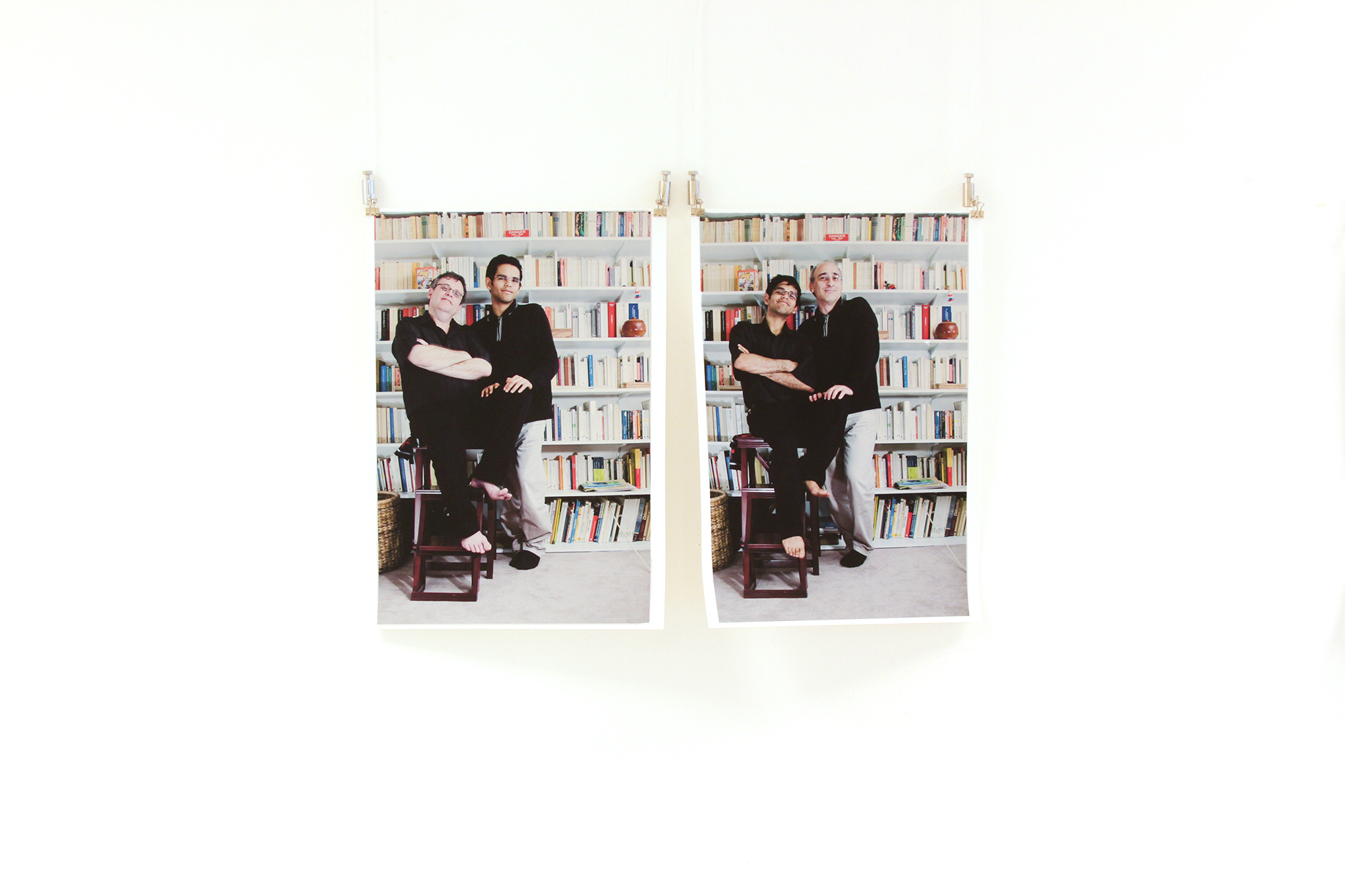
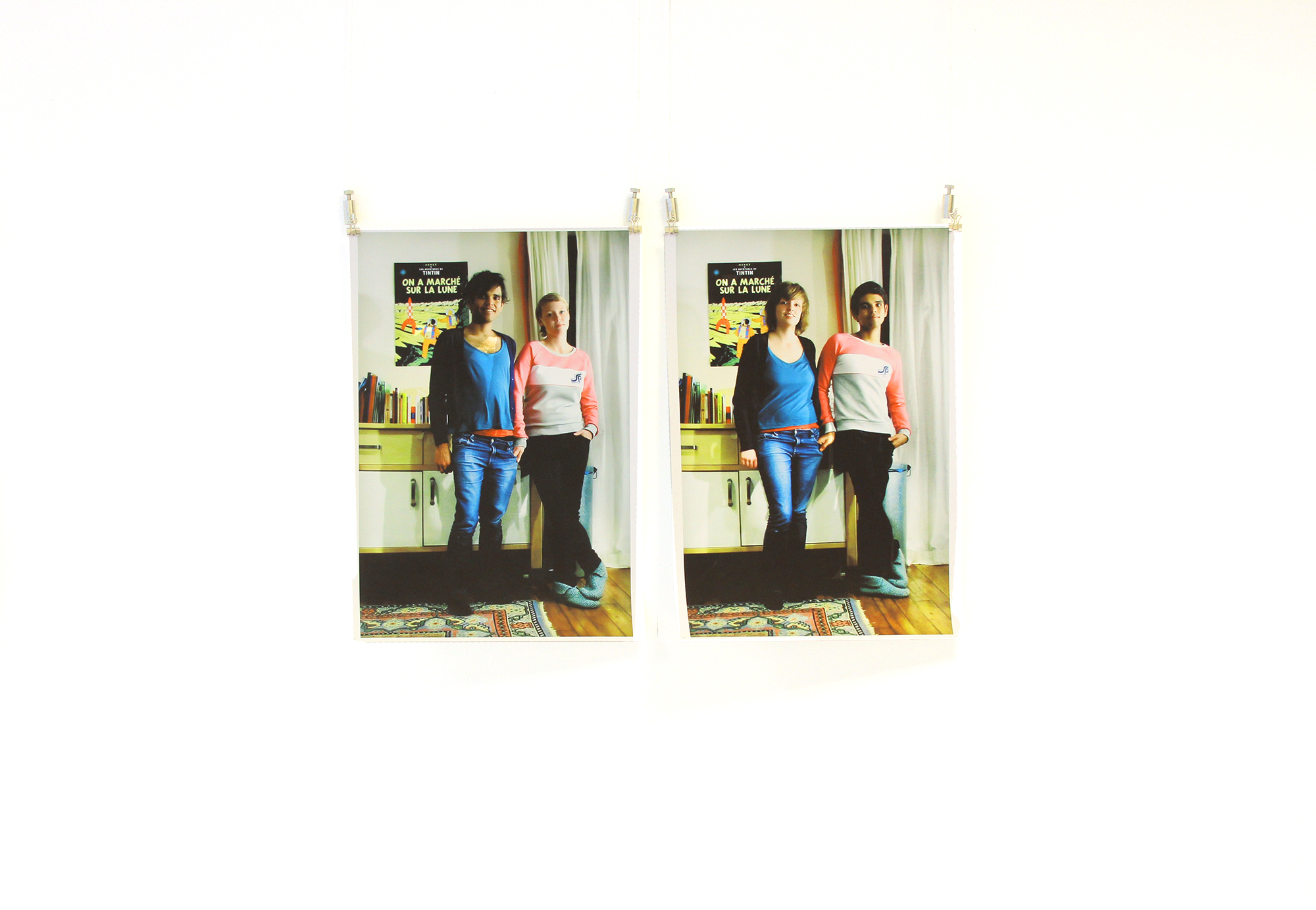

This movement of expropriation and reinvention of the very images that build us up as individuals get new contours in Toré (2015). Invited to film a native ritual usually banned to outsiders like him, Torres inquiries about what can be really seen in that which is shown to us. As a foreigner, he wonders how to read both landscapes and the rituals granted to him. Co-directed by Tanawi Xucuru Kariri, one of the community leaders, the film seeks to approach the group's daily lives without creating exotic or mystifying images. The common ground between the native group and the film crew appears in the figure of a boy watching Walt Disney's Fantasia (1940) while the community prepares for the ritual. Neither the grandiloquent image of an exotic tropical forest nor the great European music announced by the TV host: the camera seeks to capture the details – both human and not human – of ordinary experience, halfway between the woods and the western world.
If in Toré sensory assemblage emerges out of invisibility and even in the absence of a referent, in Here, there and Lisboa (2012) sensitive material appears as the sheer living matter. The video shows a body through infra-red lights enabling affectively warm, tactile, and sensitive cartography of its subject. In this experimental documentary, Torres shows his own Lisbon: a landscape filmed as from the thermal imprints of one of its inhabitants. Serving as an intimate travel notebook, the video has entries for the body reliefs, linguistic approximations, and discontinuities compared with the languages spoken by the owner of the voice that speaks to the audience.
Two other small volumes from Torres' library: Le Bain (2010-12) and Y a Pas de Problème Hôtel (2009). In the first one, a strangely impassive young man gets carefully bathed by another. The second piece shows the odd situation of a hotel pool in Mali, where white female tourists dive and sunbathe under the curious eyes of the workers of a nearby construction site. These two visual tales pose questions of gender and gaze, twisting the lines between exotification and vulnerability. What is it possible to know about the other, besides images?
João Vieira Torres' Ghost Library presents itself as a big archive, ordered according to the images' desire, like maps, novels, fictions. The volumes proposed by him un-tie the idea of self, disassemble it only to have it rebuild through virtual bodies, within new outlines. The works presented in this exhibition draw a collection of false memories, build between individual and collective ways of living. Pinched from everyday experiences, these works give sensible forms to the apparitions and to ghosts, which, at the end of the day, provide the unique consistency to our own individual selections, to our own self-portraits, our own potential worlds.
Laila Melchior, August 2018
*A. Manguel. The Library at Night. Yale University Press, 2008.